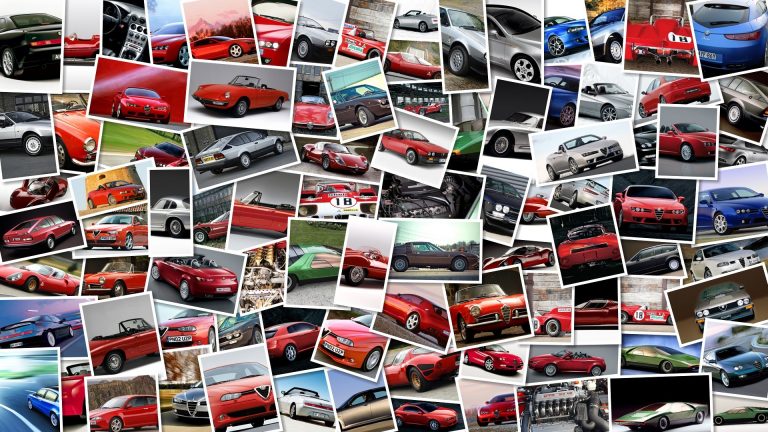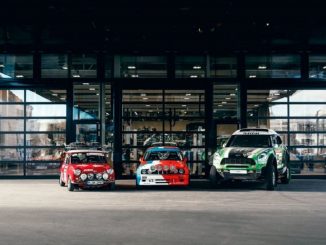
MV Agusta has been making news these last few days, more for the reports regarding owership of the company, than for its models.
Apparently Indian interest from Tata and Mahindra in the company has come up, even if the company itself seems more taken by a possible Harley Davidson move, which could relaunch the Italian company.
Only a few likely remember the debut of MV in competition, with a 125 twin cam, mono-cylinder four-stroke in 1950, at the Netherlands Grand Prix.
It was a bike that with some adventure went on to win in 1952 with the Cecyl Sandford.
Amarcord reminds us of the MV Agusta debut in the queen class (500) with a four-cylinder, four stroke, predecessor to the most victorious bike of all time in the Grand Prix.
Its beginnings started on July 2, 1950, on the fast and treacherous mountain track of Spa Francorchamps, the same day in which the new Gilera 500 “quattro” appeared with Umberto Masetti, Nello Pagani and Carlo Bandirola.
The Agusta bike, in the hands of the bolognese rider Artesiani, reached fifth place, impressing in its speed and extraordinary rumble from the four exhaust pipes.
At Cascina Costa however, Domenico Agusta made things (as always), larger than life, and he trusted his dreams of victory to the imagination and eclectic genius of Pietro Remor – acute and expert engineer to whom the world of motorcycling owes some splendid creations.
Remor created a racing engine that had never been seen before.
It had four transverse cylinders, at a 30 degree angle and a twin cam distribution, with 90 degree valves which produced the equivalent of 494.
5cc.
The revolution was especially seen in transmission – a pair of bevel gears worked on the drum shift with four-speed gear change on a longitudinal axis inserted into a long steel carter.
Gear change occurred with two levers.
The rear fork had a double swingarm, brakes included light steel drums and fuel distribution was achieved with two separate tanks.
It was a splendid bike to see as well.
The engine produced 50hp while maximum speed was 210 km/hr (165.
55 was the average on the Monza track).
The debut on the Ardenne interested and created fear in competitors.
But problems with suspension and transmission bogged the bike down on mixed tracks.
The bike was virtually rebuilt in a few months changing the cylinder bore and producing 498cc.
The cylinders were separated, transmission brought to five gears and the chain was brought back.
The chassis saw a double cradle tubular frame, front and rear telescopic suspension, new tank and smaller wheels were also included.
It now weighed 143 kg and had extraordinary power at 60 hp, 11,000 revs and speed of more than 220 km/hr.
The bike could now perform on any track (at Monza it completed a fast round at 174 km/hr).
Only misfortune in 1953 prevented the MV Agusta from gaining its first world title.
Lesley Graham, who had contributed to the new Varese model, lost his life in a fatal fall while racing in the Tourist Trophy, and after dominating with the monocylinder 125.
It was a difficult period for MV Agusta with battles being lost against giants Gilera, Guzzi, Norton, Ajs and BMW – painful and defeating days.
For true glory they had to wait for John Surtees and his arrival at Gallarate.
From that day, with the “figlio del vento” (son of the wind), a new story began and even the giants had to acknowledge that MV Agusta had become unbeatable.
And so a legend was born.
Photo Gruppo Lavoratori Agusta Seniores









